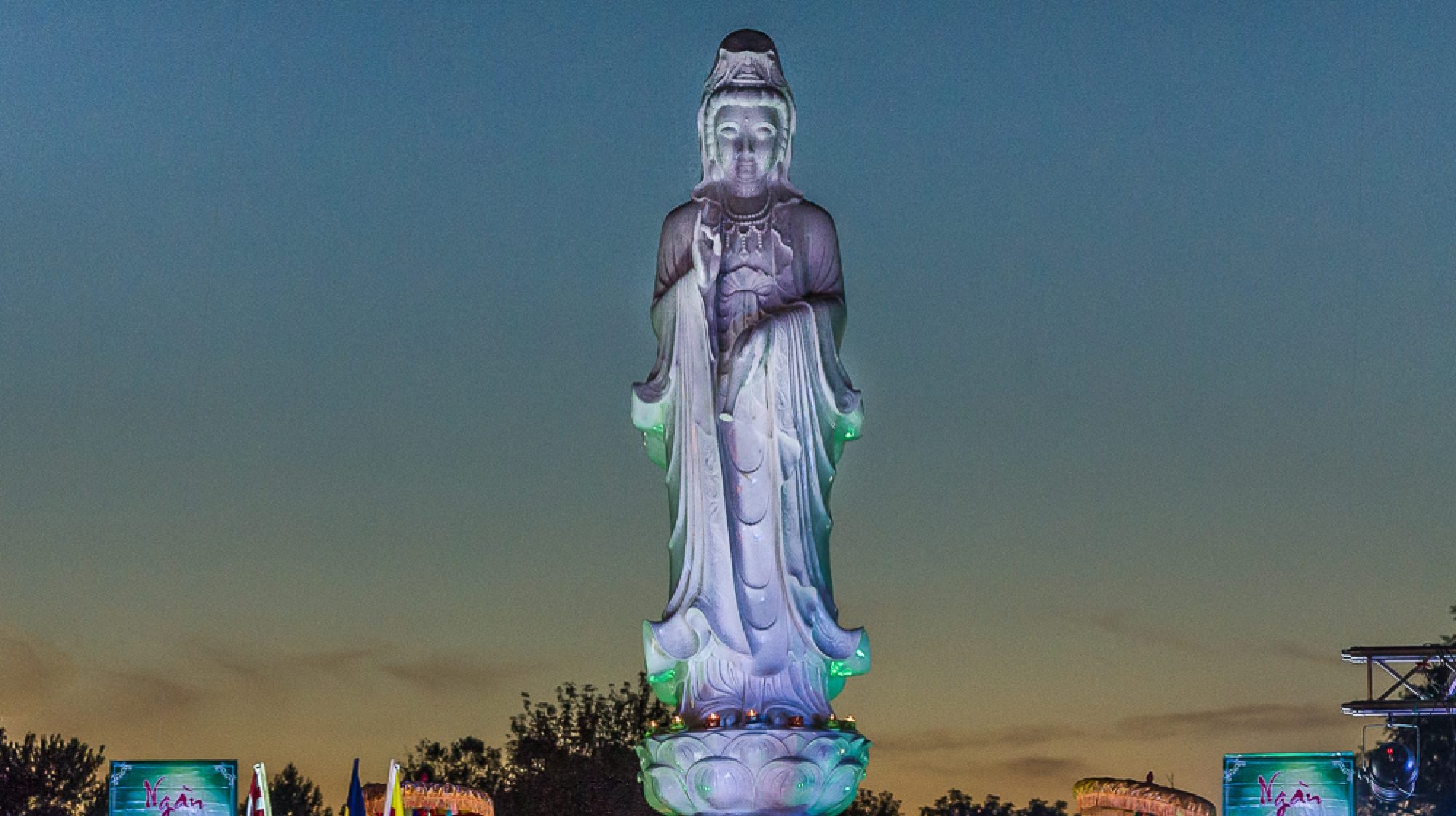Our section on Lakota traditional ways began by exploring Lakota understandings of and responses to suffering (with the help of a local Lakota, Howard Croweagle). We then considered the late nineteenth-century “Ghost Dance” as a (religious) response to suffering, followed by some late twentieth-century re-memorizations of and resistances to the 1890 massacre of Wounded Knee as (religious) responses to suffering.
Some students, whether individually or collectively, chose to write short, encyclopedic pieces on Lakota traditions in general, Lakota responses to suffering, and what the class learned about Lakota responses to suffering.
- Introduction to Lakota traditions (Lexi Hilgart, Lily Rotter)
- Responses to suffering in Lakota traditions (Kody Seaver)
- Class reflections on responses to suffering in Lakota traditions (Amelia Eckles, Nora, Sullivan)
Other students instead wrote papers on Lakota responses to suffering either as the late nineteenth-century “Ghost Dance” or in a variety of more recent re-memorizations of and resistances to the 1890 massacre at Wounded Knee such as the 1973 occupation of Wounded Knee, the reburial of Zintkala Nuni, and the Big Foot Memorial Ride (all of which we read about in the essay of The Comparative Project’s guest speaker on Lakota responses to suffering, Michelene Pesantubbee’s “Wounded Knee: Site of Resistance and Recovery”). Here are some of them:

